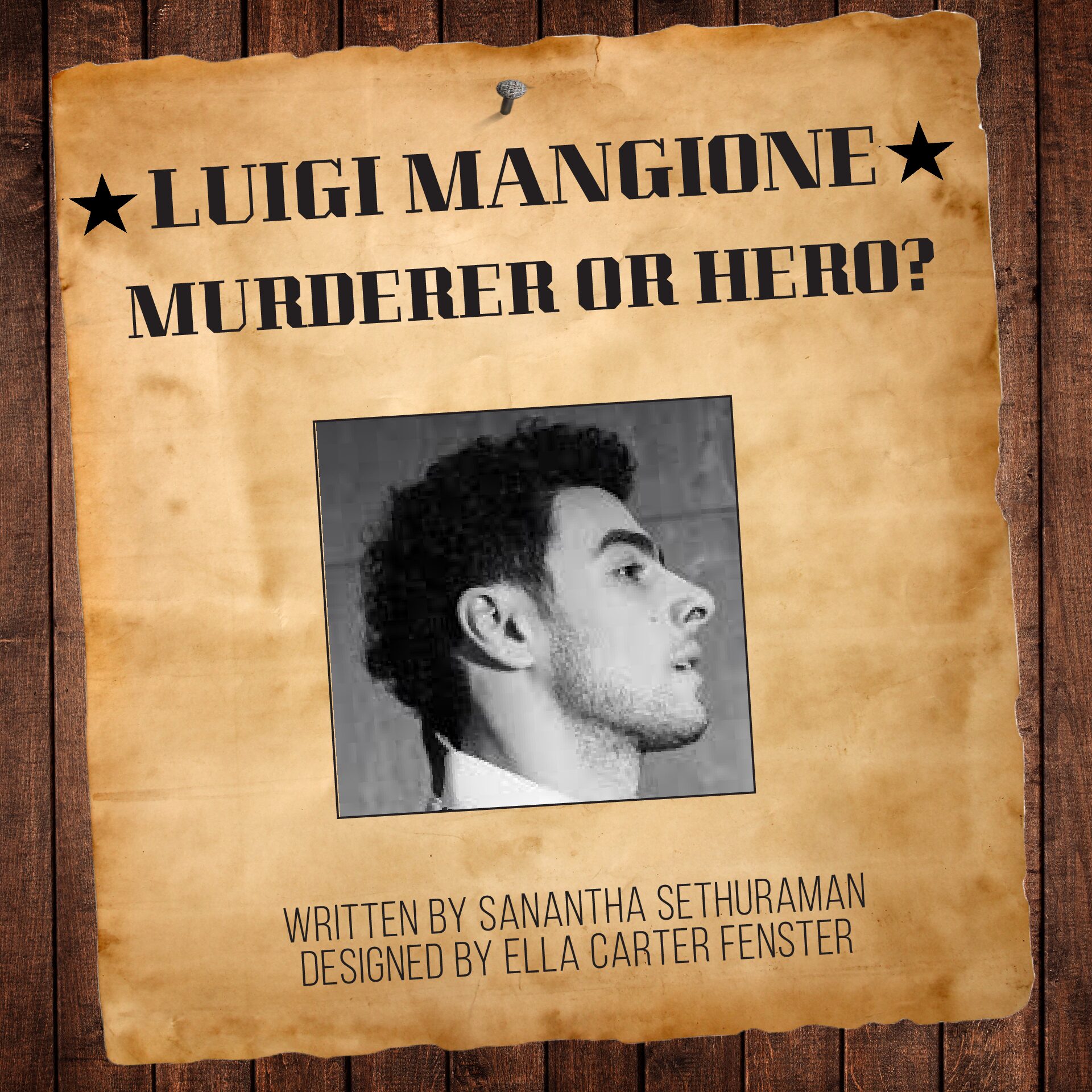
How does a man like Luigi Mangione — a high school valedictorian, Ivy League graduate and accomplished data scientist — end up accused of killing the CEO of UnitedHealthcare?
On Dec. 4, 2024 in the bustling streets of Midtown Manhattan, Brian Thompson, one of the most prominent figures in the healthcare industry, was shot three times in the back. What followed was a full-scale manhunt with law enforcement pulling out all the stops, from combing through security footage to deploying helicopters. A released picture that went viral showed the suspect, who we now know as Luigi Mangione, smiling at a hostel clerk. This picture would later become the main piece of evidence that finally led to his arrest.
Mangione was detained and arrested on Dec. 9, 2024 after a customer at a McDonald’s in Altoona, Pennsylvania used the photo above to identify him.
Following his arrest, Mangione was indicted on 11 charges, including first-degree and second-degree murder. Soon, he was extradited to New York and transferred to the Metropolitan Detention Center in Brooklyn. In addition to the initial charges, Mangione now faces four new federal charges, including stalking, which make him eligible for the death penalty.
Mangione pleaded not guilty to all state charges and he is set to return to State Supreme Court before the end of February.
During the investigation, authorities discovered a 262-word handwritten document in Mangione’s possession, partially addressing the American healthcare system. While the contents of the document remain undisclosed to the public, it has fueled speculations about Mangione’s motivations.
Public opinion of this case has been mixed, with social media being the main vessel for discussion. Some hail him as a hero and view the assassination as an act of opposing the corrupt healthcare system. On TikTok, Mangione has been the subject of many memes and “thirst traps.” Several users see him as a hero and have compiled videos, pictures and even his mugshot into edits.
However, older generations find this romanticization to be disturbing, and sympathize with Thompson’s loved ones.
A poll from Emerson College shows the disparities in public opinion by age, revealing 41% of voters aged 18-29 say the killing was “somewhat acceptable” or “acceptable.”
Many feel the online obsession is inappropriate, as it distracts from the consequences of his actions and the severity of the case. We see GoFund pages with thousands of dollars donated to support his legal troubles or the hundreds of people gathering outside the New York City courthouse to protest his detainment. The main argument from critics is that it minimizes the suffering of victims involved, skews public perception, and even influences the course of justice.
Whether you support Mangione is not the central issue; rather, the case challenges the morality of those observing it. Public perception of crime and justice often reflects deeper societal values and biases. Mangione is an objectively attractive white male from a successful background; his popularity shows how much factors such as race, class and physical appearance frequently influence public opinion. Has society as a whole devalued human life, or does its response reflect an unspoken acceptance of a corrupt system that affects millions? This case should prompt us to critically examine our values, morals and the role society plays in shaping them.